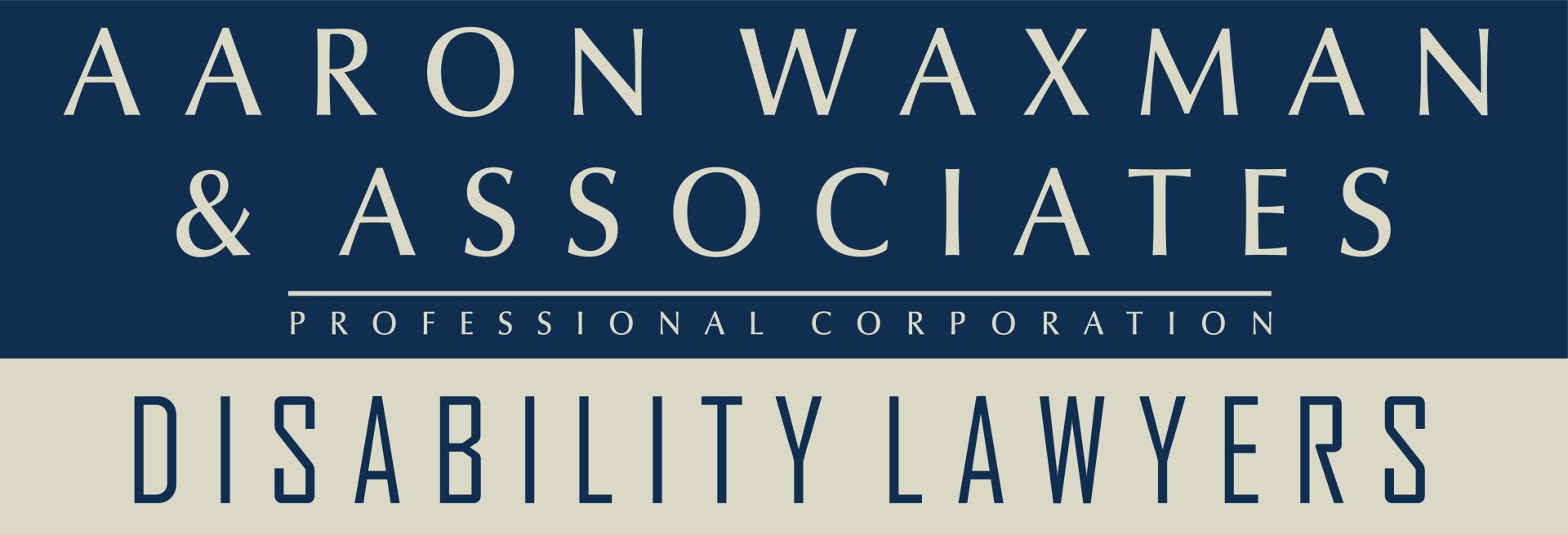Migraines and Long-Term Disability Benefits
People make claims for long-term disability for various types of physical injuries or physical or psychological illnesses including migraines.
This blog post will discuss:
- What is a Migraine?
- What Causes a Migraine?
- How Are Migraines Treated?
- Important Facts/Statistics
- How a Migraine Condition Might Affect Your Ability to Work
- What to Know When Making a Claim for Short-Term or Long-Term Disability Benefits
- Reasons an Insurance Company Might Deny Your Claim
What is a Migraine?
A migraine is a type of headache disorder. Headache disorders include migraines, tension-type headaches and cluster headaches.
A migraine disorder most commonly affects those between the ages of 35 to 45 and is more common in women due to hormonal influences. It is recurrent, can be life-long and is characterized by recurring attacks which include a moderate to severe headache that is one-sided, pulsating, aggravated by routine physical activity and lasts from hours to 2-3 days. Migraines are also associated with nausea and attack frequency can be between once a week to once a year.
Migraines can also be associated with other conditions such as temporomandibular joint dysfunction.
Migraines can occur with or without aura. Migraine with aura is when a person experiences some nervous system symptoms such as visual, sensory, movement or speech disturbances. For example, you may feel muscle weakness or have a sensation that someone is touching you. Most people experience migraines without aura. Some people also experience sensitivity to light (photophobia), to sound (phonophobia), smells and touch, nausea and vomiting, light-headedness, possible fainting and blurred vision.
It is felt that both genetics and environment play a role in the development of migraines. The frequency with which migraines occur differs from person to person.
What Can Cause a Migraine?
A migraine can be triggered by a number of factors which range from:
- Hormonal changes (including hormonal medications i.e. oral contraceptives/hormone replacement therapy)
- Foods and food additives (i.e. aged cheeses, salty foods, processed foods, aspartame, MSG)
- Alcoholic or overly caffeinated beverages
- Changes in sleep-wake patterns (e.g. jet lag)
- Weather changes/change in barometric pressure
- Physical factors (e.g. intense physical exertion)
- Emotional factors (stress, depression, anxiety)
- Sensory stimuli – something that stimulates your senses to the extreme such as bright lights, the glare of the sun, loud sounds, strong smells
- Medications
How are Migraines Treated?
Treatments for migraines include pain relieving medications and preventative medications, but they may not do away with migraines completely. They may help decrease the frequency and duration of migraines. In general, the goal of treatment is to prevent a full-blown migraine attack. Botox injections are also a form of treatment offered to people with migraines.
It is also recommended that you avoid known migraine triggers (once you determine what they are). Some doctors recommend keeping a headache journal to be able to identify triggers so you can see if there were any noticeable signs leading up to a migraine attack.
As well, another suggestion that is made by the International Headache Society is the “5-4-3-2-1” criteria used to diagnose migraines without aura.
This is explained as:
- 5 or more attacks lasting anywhere from 4 hours to 3 days
- At minimum, experiencing 2 of the following: pain occurring on one side of the head, with a pulsating quality, moderate to severe pain and it is aggravated by routine physical activity
- At least one additional symptom i.e. sensitivity to light, sensitivity to sound or nausea or vomiting
Important Facts/Statistics
According to the World Health Organization,
- Headache disorders are among the most common disorders of the nervous system and they are underestimated, under-recognized and under-treated worldwide.
- 1.7-4% of the world’s adult population report experiencing headache 15+ days per month.
- Migraine was found to be the 6th leading cause of disability in 2013 worldwide and headache disorders collectively the 3rd highest in the Global Burden of Disease Study.
According to The Migraine Trust,
- Migraine is more prevalent than diabetes, epilepsy and asthma combined.
- Migraines affect 1 in 7 people globally.
- Chronic migraine affects 2% of the world’s population.
- Migraine affects 3x as many women as men.
- More than 75% of migraineurs experience at least 1 attack per month and more than 50% experience severe impairment during migraine attacks.
How Migraines Affect Your Ability to Work
It is apparent that the symptoms of a migraine can be debilitating and can limit a person’s daily activities both physically and mentally. A migraine can interfere with a person’s ability to do both sedentary and physical work as it is painful and interferes with a person’s ability to focus, and is worsened by bright lights and loud noises.
As well, the long-term effort of coping with chronic migraine can predispose someone to other illnesses. It is felt that anxiety and depression are significantly more common in migraine sufferers.
What to Know When Making a Claim for Disability Benefits
The Employee Statement/Plan Member Statement
This document asks for your account of why you stopped working. You can provide information about your symptom frequency and duration, your functional limitations and your restrictions and how your medical condition affects your ability to function on a day to day basis.
You should be specific as to how your condition affects your ability to perform your job functions.
The Attending Physician’s Statement
Your doctor should outline your limitations and restrictions, your symptoms, any observable clinical findings and provide relevant records. It is important that your doctor explain how your condition impacts your ability to perform your job and what your prognosis is.
Submit Supportive Medical Evidence
The insurance company is looking for information that speaks to how long you could be off work for and that supports your limitations and restrictions.
With conditions like headache disorders, “objective” medical evidence may be hard to provide so it is important that your doctor/treatment providers provide as much detail as possible when it comes to your symptoms and functional limitations.
Seek Appropriate Treatment
Depending on what your condition is, you may or may not require a referral to a specialist. Migraines are considered a neurological disorder and your family physician might refer you to a neurologist to confirm a diagnosis and treatment plan.
You may be prescribed medications and the insurance company will want to know if you are taking medications as prescribed.
If other treatments such as cognitive behavioural therapy, psychotherapy or physiotherapy are recommended, the insurance company will want to know if you are adhering to the recommended treatment schedule
Reasons Why Your Claim Might be Denied
A claim may be denied for a number of reasons. The denial could be for medical or non-medical reasons.
A few examples of reasons for denial include:
- Medical information has not been submitted by your doctor;
- The deadline to submit further medical information has passed;
- You have a pre-existing condition and you have been insured for less than 1 year;
- The insurance company does not feel you are receiving appropriate treatment or being treated by the appropriate doctors/specialists;
- The insurance company feels you should be able to attend treatment and continue working and that receiving treatment would not interfere with your ability to work;
- There are no medically supported restrictions or limitations;
- You are outside the “maximum guidelines” for recovery according to their medical consultant.
If your short-term or long-term disability claim has been denied at any stage, you should know you can fight the insurance company’s decision. If you have appealed and appealed and been denied, you do have the option to start a lawsuit against the insurance company, subject to what is known as a limitation period. It is important to contact a lawyer as soon as possible to find out what your rights are.
We offer a free initial consultation that can be arranged at a date and time of your choosing and at your convenience.
Recent posts from our Knowledge Centre
- This blog is for informational purposes only and is not meant to substitute legal advice. Please read our disclaimer for further information.
- All of our lawyers are licensed by The Law Society of Upper Canada
- Office in Toronto and able to represent people in the province of Ontario








